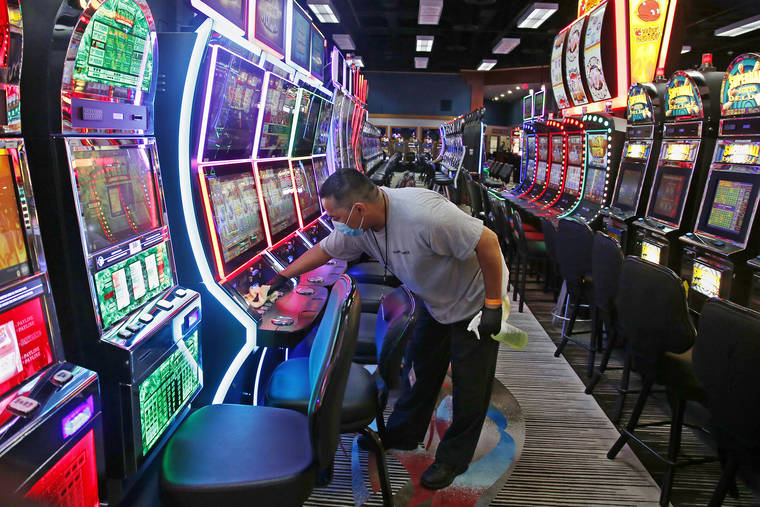WASHINGTON — As businesses reopened Friday in more of the U.S., an overwhelming majority of states still fall short of the COVID-19 testing levels that public health experts say are necessary to safely ease lockdowns and avoid another deadly wave of outbreaks, according to an Associated Press analysis.
Rapid, widespread testing is considered essential to tracking and containing the coronavirus. But 41 of the nation’s 50 states fail to test widely enough to drive their infections below a key benchmark, according to an AP analysis of metrics developed by Harvard’s Global Health Institute.
Among the states falling short are Texas and Georgia, which recently moved aggressively to reopen stores, malls, barbershops and other businesses.
Also Friday, Democrats approved a massive $3 trillion coronavirus response bill in the House over Republican opposition. It aims to prop up a U.S. economy in free fall and a health care system overwhelmed by a pandemic. But the measure has no chance of passing the GOP-controlled Senate and has already drawn a White House veto threat.
As health authorities expand testing to more people, the number of positive results should shrink compared with the total number of people tested. The World Health Organization and other health researchers have said a percentage above 10% indicates inadequate testing. South Korea, a country praised for its rapid response, quickly pushed its positive cases to below 3%.
Most governors are moving ahead with unlocking their states, even in cases where they are not meeting broad guidelines recommended by the White House.
Texas Gov. Greg Abbott has set a goal of 30,000 tests per day as his state launched one of the nation’s most aggressive reopenings on May 1. He never set a firm date on when the state would hit the 30,000 mark, but for most of May, the daily testing numbers fell short of that.
Local leaders say tests are still in short supply. El Paso officials have pleaded with the governor to postpone easing up any more business restrictions in light of the COVID-19 cases there surging 60% over the past two weeks.
The first stage of Maryland’s reopening began Friday evening, when some retail stores were allowed to reopen and a stay-at-home order was lifted. Some of the hardest-hit parts of the state, including the suburbs of Washington, D.C., extended restrictions for residents and businesses.
Maryland averaged 4,265 tests per day this week, compared with about 4,900 the previous week. Nearly 22 percent of people tested positive in Maryland on average over the last seven days.
Maryland Gov. Larry Hogan made headlines last month when the state acquired 500,000 test kits from a South Korean company in a confidential deal, but Maryland has not had all the components needed for testing — like swabs — to meet demand. Hogan said Maryland just received swabs this week from the Federal Emergency Management Agency.
“We requested 350,000,” Hogan said Wednesday. “They’ve committed to 225,000, and I think we got 75,000 yesterday with another 125,000 that are supposedly days away, along with the tubes and the stuff that goes with them. So it’s not enough, but it helps us.”
Harvard University researchers have calculated that the U.S. needs to test at least 900,000 people daily to safely reopen the economy, based on the 10% positivity rate and other key metrics. That goal is nearly three times the country’s current daily testing tally of about 360,000, according to figures compiled by the COVID Tracking Project website.
“The fact that testing has become the Achilles’ heel that has made it hard for us to have a great national response to this pandemic is a tragedy,” said Dr. Ashish Jha, director of Harvard’s Global Health Institute.
President Donald Trump insisted again this week that his administration “met the moment” and “prevailed” on testing, even as he continued shifting responsibility for the effort to the governors. Administration officials said they will provide states with enough testing supplies to conduct about 400,000 tests per day in May and June. That’s less than half the total recommended by the Harvard team.






